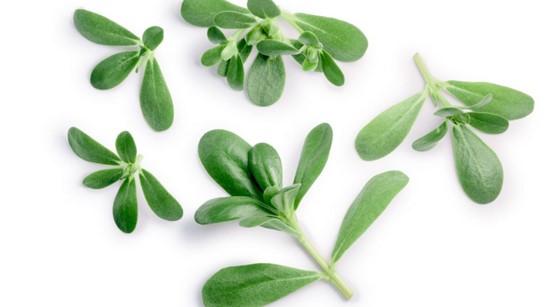Wild Edible: Purslane
6 Jun 2019
Purslane
Purslane is normally considered by many people to be an annoyingly common invasive yard weed. In reality it is a tasty “wild edible” that is packed with nutrients and traditionally used for a number of health benefits. The soft, succulent purslane leaves, flowers, and stems can be eaten alone or mixed with your salad. Here are some of the key nutritional constituents of purslane:
• Excellent source of Omega-3 fatty acids (better than fish oil!)
• An excellent source of Vitamin A, one of the highest among green leafy vegetables
• A rich source of vitamin C, and some B-complex vitamins like riboflavin, niacin, pyridoxine and carotenoids
• A rich source of dietary minerals, such as iron, magnesium, calcium, potassium, and manganese.
Purslane has been traditionally used for:
• Decreasing the risk of heart attack and stroke.
• Autoimmune diseases such as lupus.
• Maintaining heart health.
• Lowering cholesterol.
• Regulating blood pressure.
• Enriching brain health.
• As an anti-depressant.
• Boosting the immune system
• Inflammatory bowel disease.
• Rheumatoid arthritis.
Prostrate spurge (Euphorbia maculata) is another weed that somewhat resembles purslane, but it's toxic (it won't kill you, but it can make you ill). Spurge has a similar growing pattern (low on the ground), but the leaves are thinner and smaller and sometimes have a spot of reddish coloring at the center of the leaf. The stems of the spurge are hairy and the flowers look different.
The foolproof way to differentiate between the two is by breaking a stem. The stem of the spurge oozes a milky white sap. IF THERE IS A WHITE SAP, IT IS NOT PURSLANE!